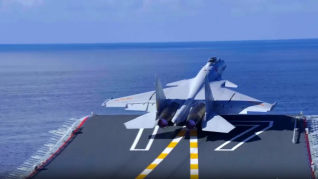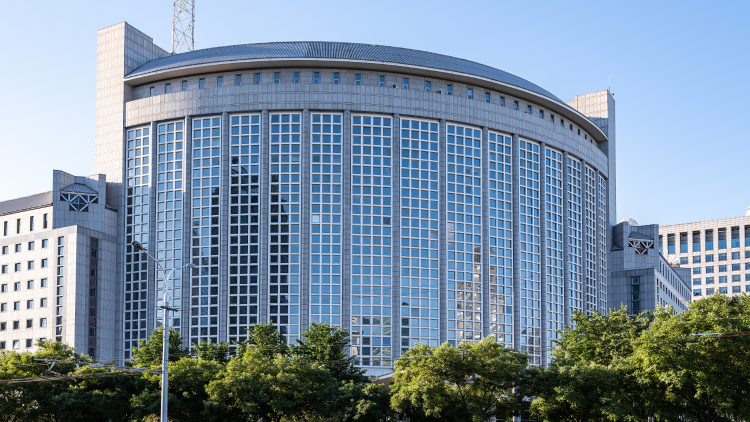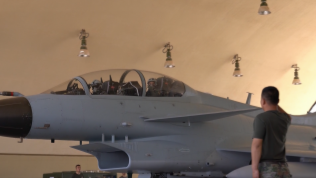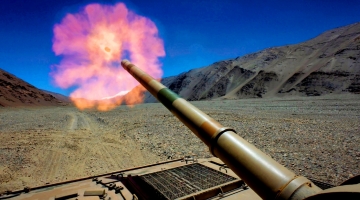By Shao Yongling
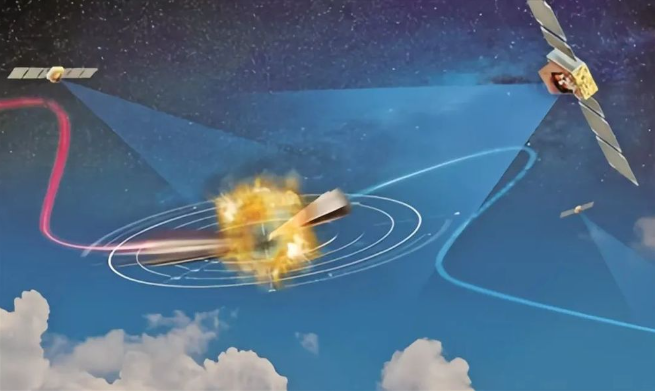
File photo: The US plans to build a space-based sensor system to establish a layered defense system against hypersonic weapons.
US President Donald Trump recently signed an executive order requiring the Department of Defense to submit a reference architecture and action plan for the "Iron Dome for America" program within 60 days. In response, top US defense contractors, including Lockheed Martin, Northrop Grumman, and L3Harris Technologies, have flocked to participate.
When it comes to the Iron Dome, most people immediately think of Israel's Iron Dome defense system, which is primarily designed to intercept small, slow, and low-flying targets such as rockets, artillery shells, and drones.
The US aims to build a comprehensive missile defense system spanning from the strategic to the operational levels. Compared to other missile defense systems, its most distinctive feature is the large-scale deployment of space-based sensors and interceptors, which also present significant challenges for future construction.
The primary goal of deploying space-based sensors is to counter hypersonic weapons, as the US currently faces significant challenges in detecting and tracking such threats. The most critical and complex aspect of the US "Iron Dome" program is the development of a low-orbit satellite constellation, which remains in the planning stage. A key focus of this initiative is the deployment of space-based interceptors, that is, deploying interceptor missiles in space, which is also a huge technical challenge.
However, such a defense system is likely to heighten the risk of strategic miscalculations and could even spark a new "Cold War."
Weapons systems deployed in Earth's orbit may be seen by other countries as a major escalation of US space militarization, raising the risk of misjudgments or unintended conflicts. Expanding defense systems into space would demand significant manpower and substantial financial resources. At a time when the global economy is facing significant challenges, this move will neither benefit the US itself nor the world at large, serving only the interests of the US military-industrial complex.
For the US military-industrial enterprises, this is undoubtedly a windfall. However, the US "Iron Dome" program will inevitably compel other major powers to accelerate the development of their own defense capabilities. As a result, the plan will erode the strategic mutual trust among major powers. Particularly in the current global economic climate, this initiative will not benefit the US or the world at large. Instead, it will only serve the interests of the military-industrial complex while further burdening the US with additional debt.
More than 30 years after the end of the Cold War, nations worldwide should focus on economic development. However, if we revert to the old path of an arms race, it would mean diverting more resources toward military equipment, substantially undermining the well-being of people around the world.
Editor's Note: Originally published on military.cnr.cn, this article is translated from Chinese into English and edited by the China Military Online. The information and opinions in this article do not necessarily reflect the views of eng.chinamil.com.cn.







